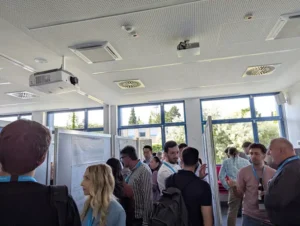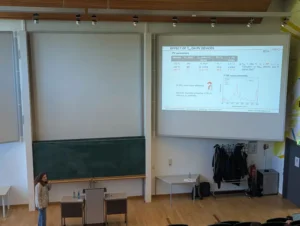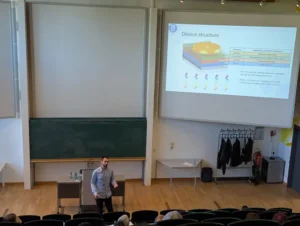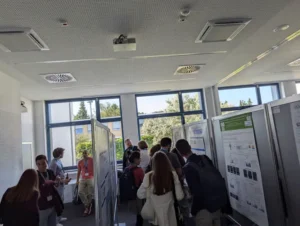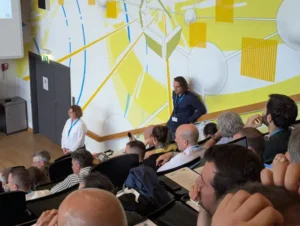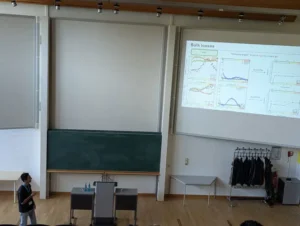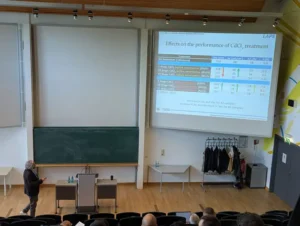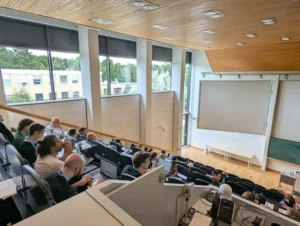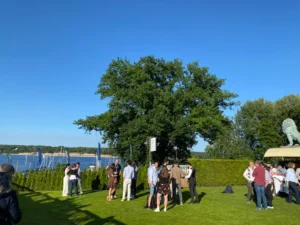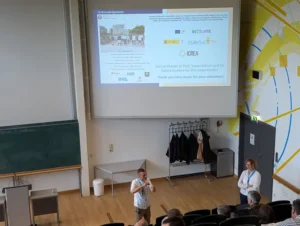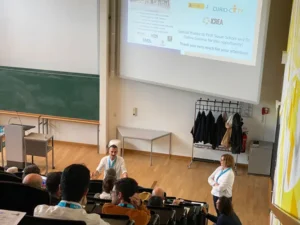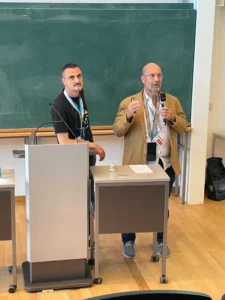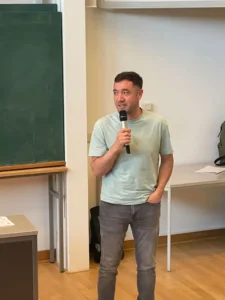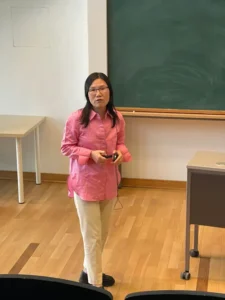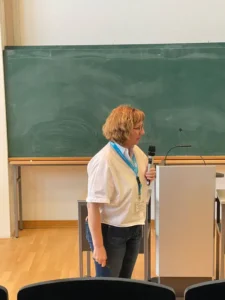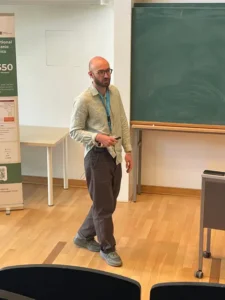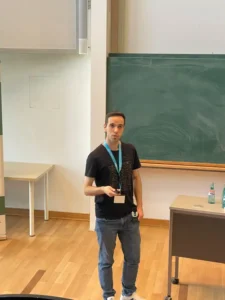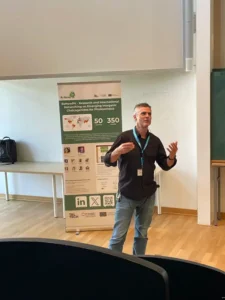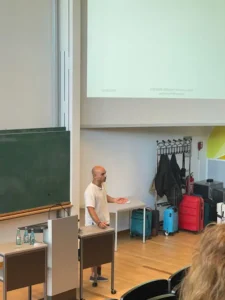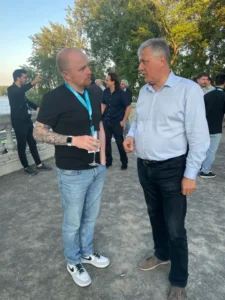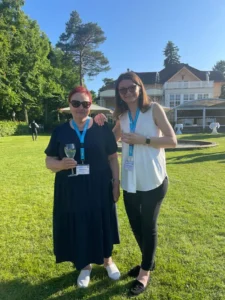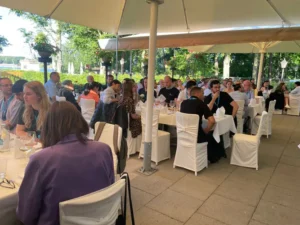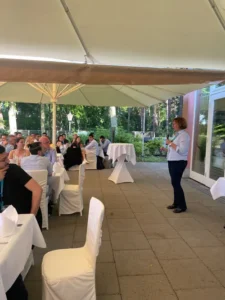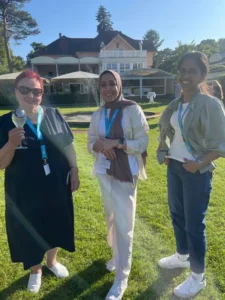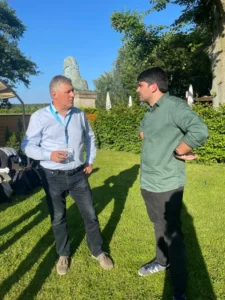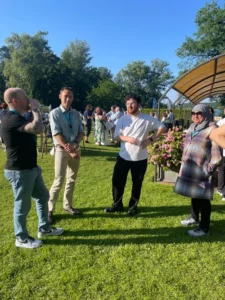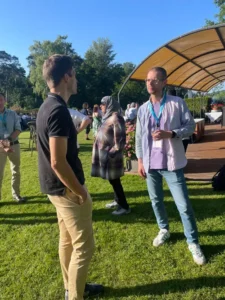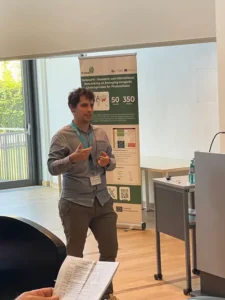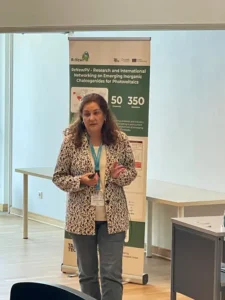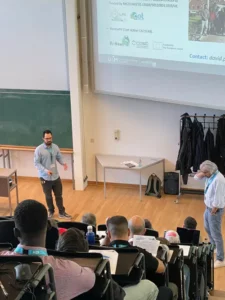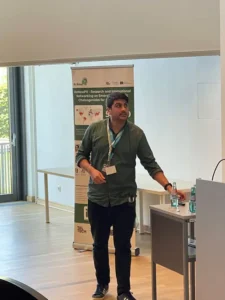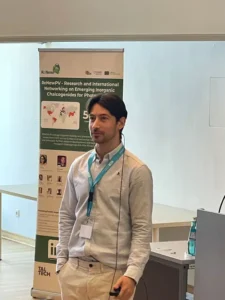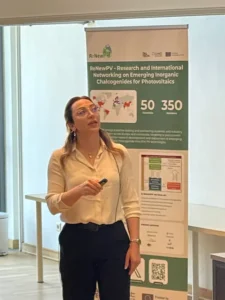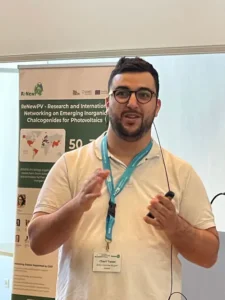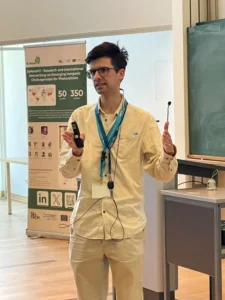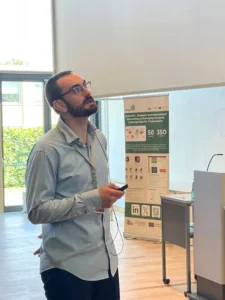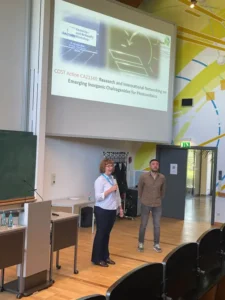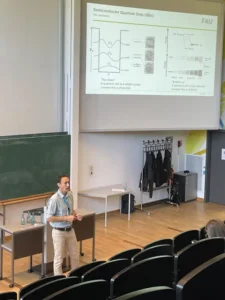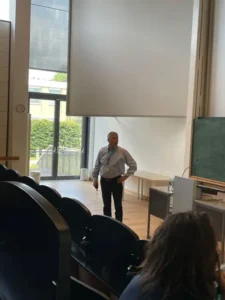
- This event has passed.
15th European Kesterite+ and 3rd ReNewPV Workshop
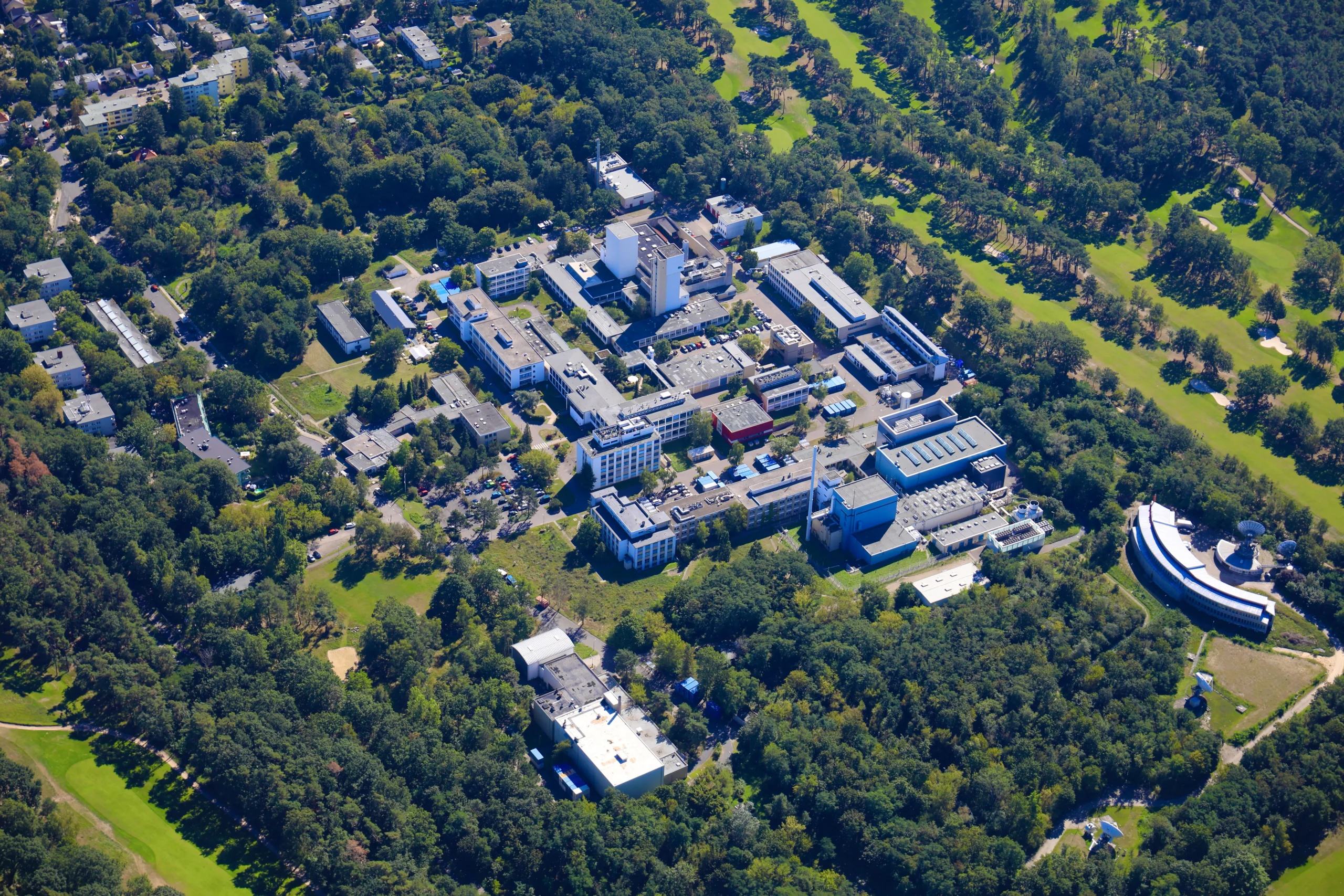
Join us at the Helmholtz-Zentrum Berlin for three days of in-depth discussions on emerging thin-film PV based on Kesterites and other chalcogenides. This 15th edition of the European workshop on Kesterite based thin film solar cells and on new materials for photovoltaics, together with the 2nd workshop of the Renew-PV COST network, will bring together all the community of alternative thin film materials for PV. Share your latest research, network with international experts, and shape the future of thin-film photovoltaics.
Post-Event Highlights
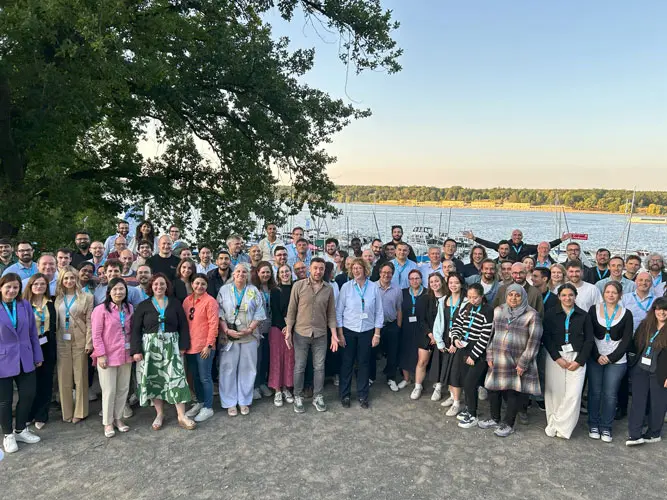
We’re happy to share that the Kesterite+ & ReNew PV Workshop 2025 took place over three days, with more than 80 participants. The event included a poster session and many good discussions during the talks.
Below you can find a few pictures from the workshop and a short feedback from PhD student Henrik Prell.
Feedback from participants:
“Framed by the tranquil waters of Berlin’s Wannsee, the Kesterite+ and ReNew PV Workshop 2025 brought together a dynamic mix of minds from around the globe. Hosted at the Helmholtz-Zentrum Berlin (HZB), this year’s workshop welcomed over 100 participants from more than 20 countries, ranging from early-career PhD students to seasoned experts – working toward a shared ambition: driving forward the future of sustainable photovoltaics. The scientific program showcased a broad range of research, with a strong emphasis on kesterites (CZTSSe), highlighted for their earth-abundant and non-toxic characteristics. Increasing attention was also given to emerging chalcogenide materials such as antimony selenide (Sb₂Se₃), tin sulfide (SnS), and bismuth-based compounds. Recent efficiency improvements, alongside enhanced analytical tools and refined doping approaches are driving significant advances in material performance. Discussions focused on their promising applications in thin-film solar cells and tandem device architectures, highlighting their potential to advance next-generation photovoltaic technologies. The keynotes and panel discussions sparked lively debates on critical topics such as defect tolerance, scalable manufacturing, long-term stability, and lifecycle sustainability – illuminating key bottlenecks and challenges as these technologies move closer to commercial application. A series of hands-on sessions on advanced characterization methods – ranging from synchrotron-based techniques to AI-driven analysis – helped bridge the gap between theory and practice. The atmosphere was warm and welcoming, characterized by open exchanges and the invaluable opportunity to learn across diverse age groups and disciplines. Networking was naturally part of the event. Coffee breaks, poster sessions, and lively Q&As helped turn strangers into collaborators.
The social highlight was undoubtedly the gala dinner at the historic Haus Sanssouci, a late 19th-century villa once visited by Berlin’s high society. Over dinner and wine, conversations about grain boundaries and band alignment gave way to laughter and plans for future joint projects. More than just a technical gathering, the 2025 workshop reflected the energy and optimism of a field that’s growing not just in scientific depth, but in community. With chalcogenides and new hybrid materials stepping into the spotlight, and an increasingly global, connected research base, the future of photovoltaics feels not only bright – but well within reach.”
Photos

